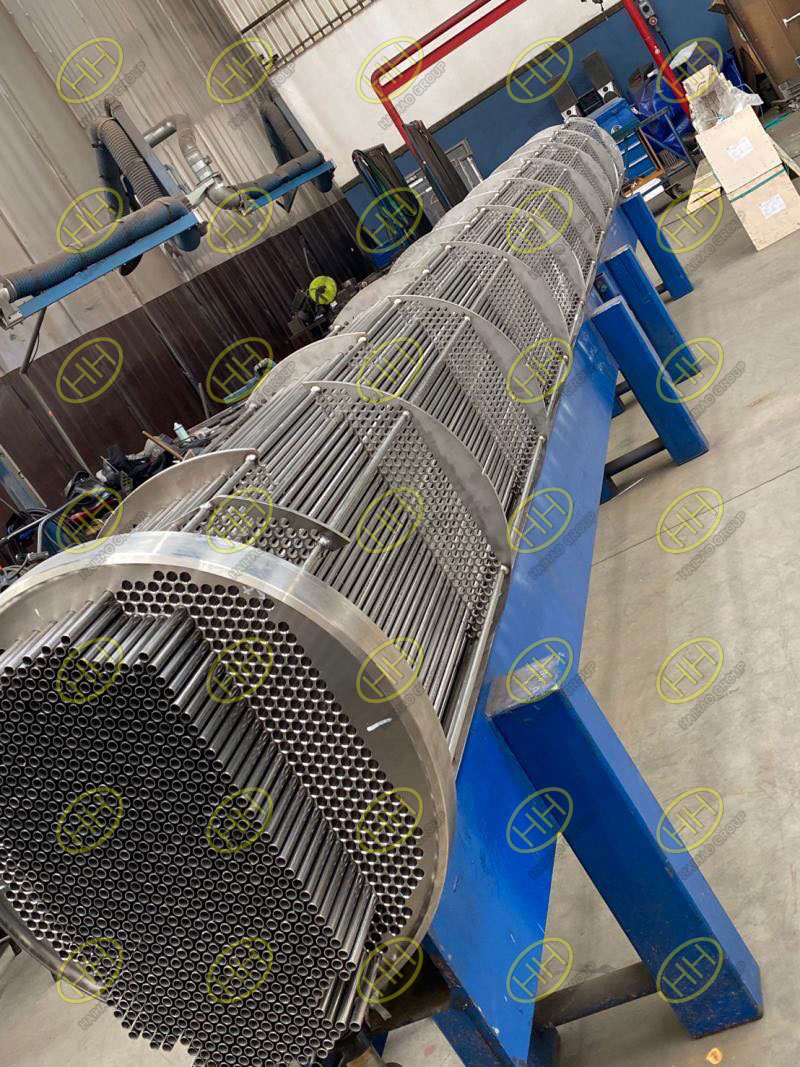What is a heat exchanger?
Suppose you have a gas central heating furnace (boiler) that heats hot-water radiators in various rooms in your home. It works by burning natural gas, making a line or grid of hot gas jets that fire upward over water flowing through a network of pipes. As the water pumps through the pipes, it absorbs the heat energy and heats up. This arrangement is what we mean by a heat exchanger: the gas jets cool down and the water heats up.

Heat exchanger
A heat exchanger is a device that allows heat from a fluid (a liquid or a gas) to pass to a second fluid (another liquid or gas) without the two fluids having to mix together or come into direct contact. If that’s not completely clear, consider this. In theory, we could get the heat from the gas jets just by throwing cold water onto them, but then the flames would go out! The essential principle of a heat exchanger is that it transfers the heat without transferring the fluid that carries the heat.
How a simple heat exchanger works. A hot fluid flows through a tube coiled inside a larger shell through which another, colder fluid is running in the opposite direction. Heat is exchanged by the fluids: the hot fluid cools down and the cold fluid warms up, without them actually coming into contact and mixing. This is a simplified example of a shell and tube exchanger: generally, heat exchangers of this design have many thin tubes running through a large shell.
